Do you have a question about the LG Flatron L1900J and is the answer not in the manual?
Technical specifications for the LCD panel, including type, size, and interface.
Details on visual performance metrics like viewing angle and contrast ratio.
Information on input signal types, voltage levels, and impedance.
Supported maximum display resolutions for analog and digital inputs.
Specifications for the power input, voltage, and consumption.
Operating conditions including temperature and humidity ranges.
Physical dimensions of the monitor with stand adjustments.
Weight specifications of the monitor with stand.
General guidelines for safe and effective repair procedures.
Procedures for handling components sensitive to static electricity.
Best practices for soldering and unsoldering components.
Steps for removing and installing integrated circuits.
Methods for handling discrete transistors.
Procedures for replacing power transistors.
Techniques for replacing diodes.
Steps for replacing fuses and resistors.
Techniques for repairing damaged printed circuit board traces.
Explanation of the overall system architecture.
Details on signal processing and scaling.
Description of the power supply circuitry.
Functionality of the microcontroller and memory.
Filtering for electromagnetic interference.
AC to DC conversion process.
Power transfer via transformer.
Stabilizing the DC output.
Feedback mechanism for voltage regulation.
Feedback for primary control.
Configuring communication ports for software.
Managing Extended Display Identification Data.
Selecting the parallel port for communication.
Using the specific connection jig.
Using the commander interface for adjustments.
Diagnosing and fixing power issues.
Troubleshooting display issues related to the inverter.
Troubleshooting display issues related to the MSTAR chip.
Diagnosing Dynamic Power Management issues.
Identification of monitor components by number.
Schematic of the video scaling circuitry.
Schematic of the main power supply unit.
Schematics detailing various interface connectors.
Schematic for the J-Type LED backlighting system.
Schematic for a specific power sub-circuit.
Schematic for controlling LED brightness.
| Screen Size | 19 inches |
|---|---|
| Display Type | LCD |
| Resolution | 1280 x 1024 |
| Aspect Ratio | 5:4 |
| Brightness | 250 cd/m² |
| Contrast Ratio | 700:1 |
| Response Time | 5 ms |
| Viewing Angles | 160° horizontal, 160° vertical |
| Connectivity | VGA, DVI-D |
| Panel Type | TN |
| Power Consumption (standby) | 1 W |
| Input Connectors | DVI, VGA |
| Viewing Angle | 160° horizontal, 160° vertical |

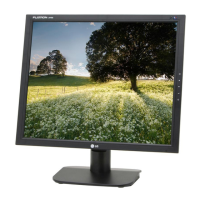
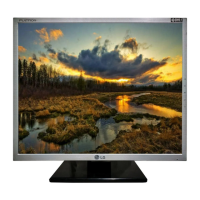
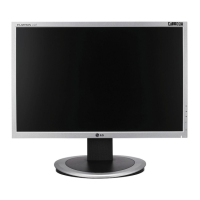



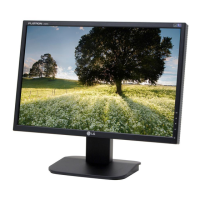

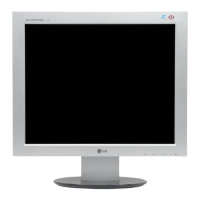
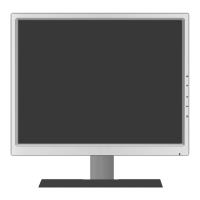

